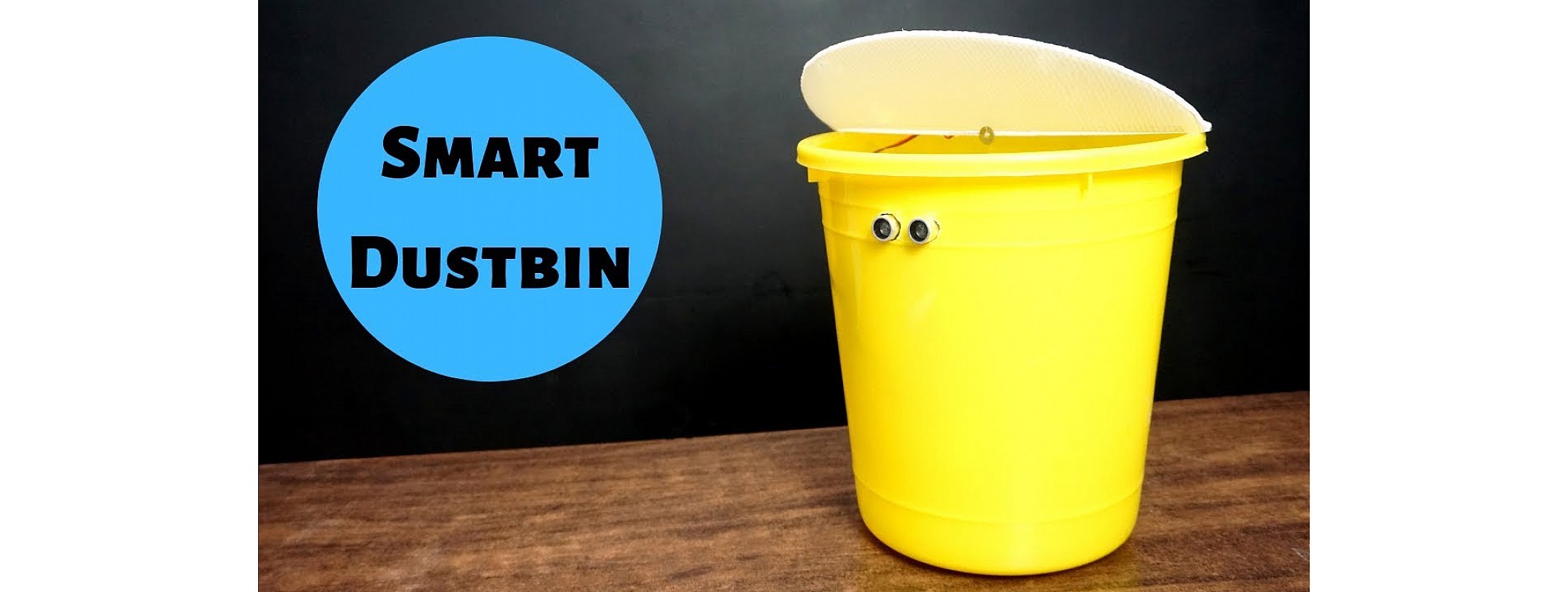
- SERVO MOTOR ARDUINO LABVIEW SERIAL
- SERVO MOTOR ARDUINO LABVIEW MANUAL
- SERVO MOTOR ARDUINO LABVIEW CODE
A controller will be designed for this system so that the ball's position can be manipulated. When the angle is changed from the horizontal position, gravity causes the ball to roll along the beam. As the servo gear turns by an angle theta, the lever changes the angle of the beam by alpha. A lever arm is attached to the beam at one end and a servo gear at the other. The position of the ball is measured by a distance sensor mounted at the end of the beam.Ī PID controller is used to control the position of the ball on the beam.Ī ball is placed on a beam, see figure below, where it is allowed to roll with 1 degree of freedom along the length of the beam. It's very useful for data acquisition (purpose of this tutorial), instrument control, industry automations. The pitch is controlled by a servo that is connected to an Arduino. LabVIEW (Laboratory Virtual Instrument Engineering Workbench) is a visual programming language developed by National Instruments. The second example sweeps the shaft of a RC servo motor back and forth across 180. The first example controls the position of a RC (hobby) servo motor with your Arduino and a potentiometer. In this article, you will find two easy examples that can be used by any Arduino board. The assignment was to construct a ball and beam control system.Ī ping pong ball sits on top of the beam rolling forward and backward according to the pitch of the beam. The Servo Library is a great library for controlling servo motors.
SERVO MOTOR ARDUINO LABVIEW SERIAL
each step sends a serial command to the arduino incrementally.The BallandBeam project was developed at the National Institute of Applied Science and Technology ( INSAT) in Spring 2019. En este vdeo tutorial se desarrolla paso a paso el control de un Gripper con dos servomotores SG90 utilizando LabVIEW y una tarjeta Arduino. The track bars provide an eaiser interface for direct commands. any byte less than ASCII 32 (space) or above 126 (~) defaults to 63 (?)

The "map(command, 32, 126, 2, 180)" scales all the 94 possible commands, *space* through ~, readable by the arduino in ASCII to 2 through 180 for the servo. Use the textboxes to submit direct commands to the arduino. make sure the port is correct and try again. This video shows how a hobbyist servo motor can be controlled from LabVIEW and positioning the sensor from 0 to 180 degree by applying pulse width signal. If not the program will probably crash with an unhandled exception. If all went well the program will open the selected serial port at selected baud rate. the program defaults to COM4 be sure to change it or the program will crash.įinally, click open. note: baud rates higher than 38400 have not been very stable, I think this is because the uart fills up before the data can be processed. The unmodified sketch defaults to 38400 baud but can be changed to suit your needs for things like a slower radio link. Simple Machine Vision Project (Color Separator Machine) LabVIEW + ARDUINO + Servo Motor + Webcam: Red color : FalseOther colors : True1 - LabVIEW: NI. To use the program first select the baud rate defined in the arduino sketch.
SERVO MOTOR ARDUINO LABVIEW CODE
This code should work fine with no modifications. The code here is expandable for whatever else you may need (eg. If either match it takes the next byte and sends it to the servo. The rest of the code is to search command for valid commands (T or S.) 3.4 Arduino connections to generate the interface with LabVIEW Figure 19 shows the connection Arduino-computer and Arduino-servomotors as the fundamental. Serial.print("throttle control on pin 10 to: ") Serial.print("throttle control on pin 9 to: ") Ready can be set to 0 so commands will not be parsed such as in the case of corrupted data.

SERVO MOTOR ARDUINO LABVIEW MANUAL
The commented if statement allows for a makeshift checksum but would make manual interfacing hard. This checks the serial buffer for the correct authorization string then grabs two bytes for the command. The code is a motor running into a case structure that flips between on and off based on if the button is pressed. Simple sweeping movement to verify the servos work correctly. This just sets up the serial port and servos. KEYWORDS: DC motor, PWM, PID control, ripple current.

Serial.println("Hi Arduino Here!") // added to help identify the serial port PID controller is LabVIEW is used for the purpose of controlling the speed of the required dc motor. Serial.begin(38400) // opens serial port, sets data rate Int incomingByte = 0, datacount = 0, counter = 0, ready = 0 // for incoming serial data Servo myservo // create servo object to control a servo Now you can upload the sketch onto the arduino.


 0 kommentar(er)
0 kommentar(er)
